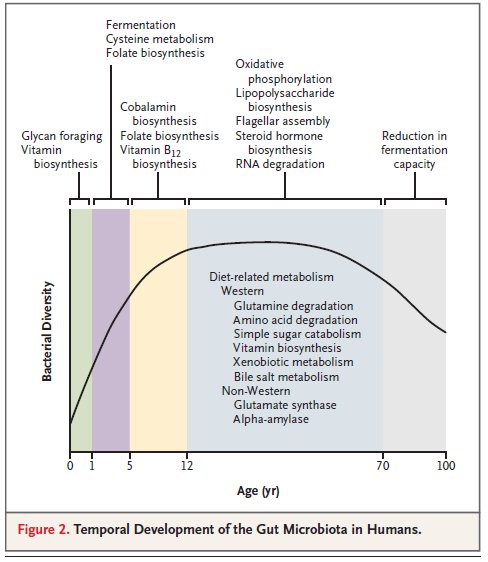Florian, I haven't encountered that article on Andrographis extract.
Compared to the control no significant difference in the relative weights of liver, kidney and testis was observed in the rats treated with low dose (20 mg/Kg body weight) whereas a significant decrease in the relative weight of testis was observed in the rats exposed to medium (200 mg/Kg body weight)
Comparable doses for 70 kg man with the customary 1/6.2 rat-to-human scaling factor would be 225 mg and 2250 mg. They don't report the andrographolide concentration of their extract, but I expect its closer to 30% than the commercial capsule I take (400 mg of 10% min andrographolides: ie 1 pt ethanolic extract and 2 parts leaves/stems). My dosage is hence close to or under the "no effect" dosage from the study.
There are past studies which found no effect from very high doses of Andrographis:
Burgos et al, 1997. Testicular toxicity assesment of Andrographis paniculata dried extract in rats. Journal of ethnopharmacology, 58(3), pp.219-224.
The possible testicular toxicity of Andrographis paniculata, Nees (Acanthaceae) standardized dried extract was evaluated in male Sprague Dawley rats for 60 days. No testicular toxicity was found with the treatment of 20, 200 and 1000 mg/kg during 60 days as evaluated by reproductive organ weight, testicular histology, ultrastructural analysis of Leydig cells and testosterone levels after 60 days of treatment.
Most herbal hormetins/adaptogens seem to have adverse effects at higher doses. That's just the nature of how many work (polyphenols are redox cyclers, etc.). I think its fairly wise to drop them if pregnant, trying to become pregnant or to impregnate. The reason andrographolide caught my attention is that its off the scales in Nrf2 activation / NF-κB inhibition and systemic bioavailability compared to other herbals, indicating its not just a common cysteine dimer breaker (like the polyphenols), but its also having some steric interactions like a good pharmaceutical would. Hence, smaller doses with less toxicity would have the effects of much more worrysome doses of tea extracts etc.
Reservatrol appears to work primarily as a mild oxidative phosphorylation inhibitor, with downstream effects on AMPK and thence mTOR. It's never been noted as a particularly potent Nrf2 inducer. When studying Nrf2 inducers a couple years ago, I tried to combine the results of a literature search with results from comparative activity screening to develop a ranking of Nrf2 inducers. Notably potent Nrf2 inducers are in bold, with lesser ones grouped into modest or low activity and alphabetized. The most potent ones are synthetic triterpenoids like TP-255 and CDDO-imidazole. I recall the clinical trials with these being disappointing at the time, but I plan on returning to the topic.
Edited by Darryl, 28 September 2016 - 09:47 PM.




























































